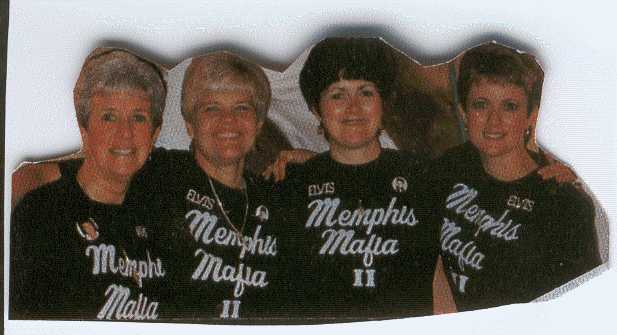




As different
individuals
construct
their images
within the
similarity of fashion,
so different
shops construct their identity,
frequently
by the use of lighting and color,
within the
overall stylistic unity of the shopping center.
Window shopping
involves a seemingly casual,
but actually
purposeful, wandering from shop to shop,
which means
wandering from potential identity
to potential
identity
until a shop
identity
is found
that matches the
individual
identity,
or, rather,
that offers the means
to construct
that identity
(Fiske 1989b,
38).





While shopping at Graceland Plaza you can see first hand how consumers in a postmodern consumer society enact/create their identities through the performance of shopping. As Fiske notes:
[I]n
Elvis fandom . . . there are ways of experiencing capitalism differently:
[they produce] a different world of experience whose knowledge is conditional
rather than indicative. These worlds, which I have called "worlds of the
as if," are neither freely produced nor independent, but are related antagonistically
to the world produced and controlled by the power-bloc. We have to be able
to elbow the workings of the power-bloc aside to be able to produce a world
as if their discipline were weaker and our spaces larger. The Elvis fans
constructed an imaginary world as if the disciplinary system had lost its
power to produce their identities and social relations through individuation
(1993, 138).
